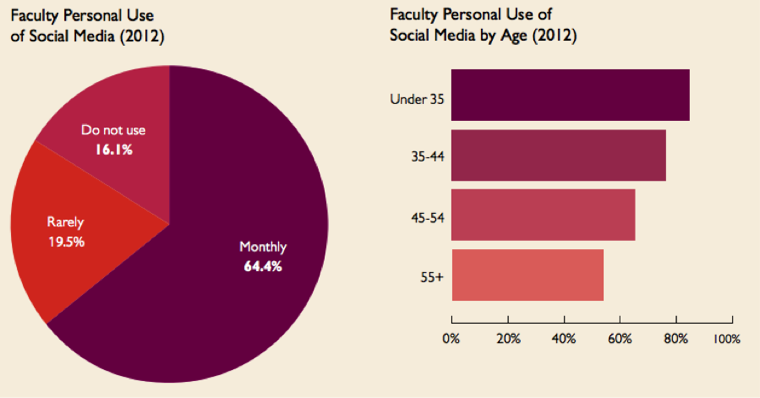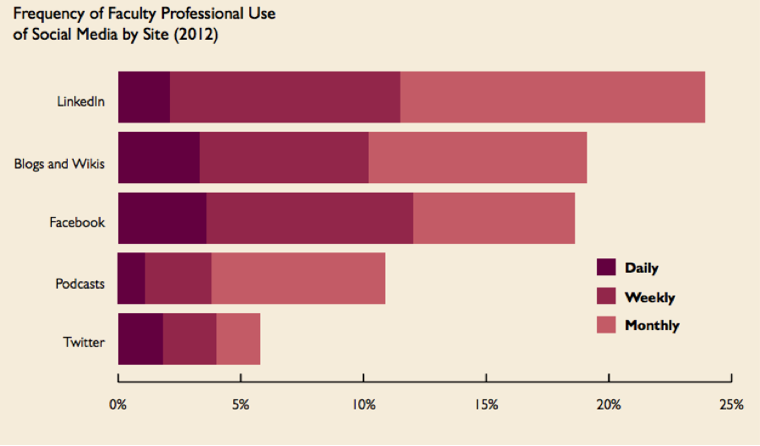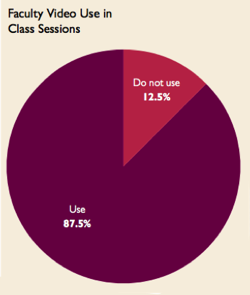Social Media and Professors: 3 Promising Trends to Watch
Social media is a buzzword on campuses, but does it have any educational merit? The answer varies from one professor to another and from one discipline to another. What we can all agree on, however, is that social media is pervasive on college campuses. Pearson Learning Solutions took an in-depth look at how university faculty are using social media and discovered some interesting trends.
Social Media for Personal Use Is Popular for Higher Education Faculty

If you see this graphic and think “Duh!” then just give us a minute to explain. As with any new technology or trend, professors need to have a comprehensive understanding of how — and, more importantly, why — it works before they can employ it in the classroom. For social media to have any pedagogical value, professors will need to appreciate the role it plays in the everyday lives of most of their students. Eighty-four percent of faculty members under the age of 35 are using social media for personal use, which marks it as ubiquitous but not yet useful in the classroom. So while it may seem obvious that people use social media in their personal lives, its use on college campuses is an extremely important development in the history of social media.
Wikis Are Social and Gaining Traction

When it comes to social media for personal use, nothing comes close to Facebook. But as the graph above shows, that platform holds less value for professionals. Blogs and wikis move into second position when the “professional” stipulation is applied. Although blogs and wikis are really very different, it is important to note that wikis are accepted and used by nearly 20 percent of college faculty in a professional setting. Crowdsourced information can be very valuable, and while most professors won’t allow students to cite Wikipedia in a research paper, faculty are beginning to recognize the power behind outsourcing.
Video Rules

In discussions about social media, YouTube is not often mentioned along with Twitter and Facebook, but it is one of the most social sites on the web. Publishers such as the Kahn Academy helped bring educational video into the classroom, and the trend has exploded. Some of the videos that faculty are using in their classrooms comes from educational publishers, but most of it was simply “found online.” Along with a few other sites, YouTube offers opportunities beyond just viewing video, including the ability to embed videos in personal blogs and comment and discuss content with other users. If video isn’t social, I don’t know what is.
Download the Pearson study How Today’s Higher Education Faculty Use Social Media.








